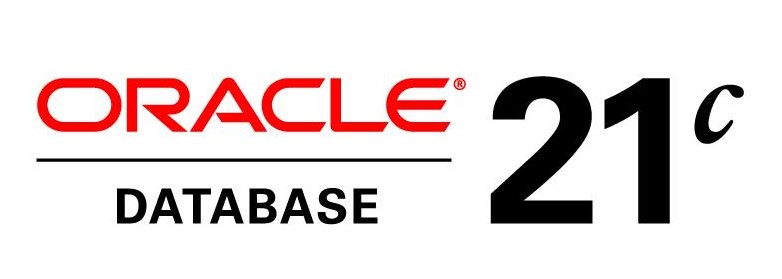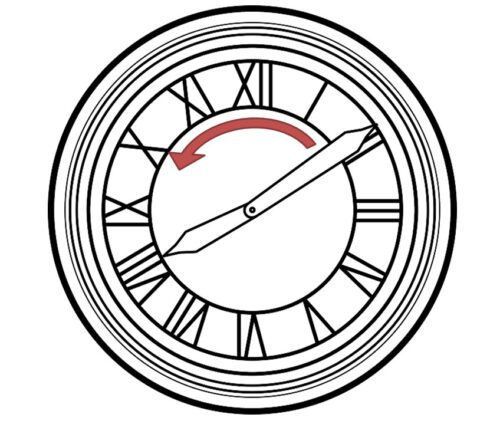When Oracle moved to the new Oracle database release model in 2018, some changes were introduced with it. I just realized that I haven’t blogged about it (even though I talk about it as part of my Creating Order in the Database Patching Chaos presentation), and I also think it’s a good complement to my All You Need To Know about Oracle Database Patching post.
Yearly Oracle Database Releases
Starting in 2018, Oracle has decided to abandon their version numbering with 2 releases per version (10gR1-10gR2, 11gR1-11gR2, 12cR1-12cR2) and move to a yearly release containing the year number (18c, 19c). Note that because of the pandemic, Oracle skipped 20c and the current version (cloud only while writing this, to be released on-prem) is 21c.
The concept is to have a simple numbering model, which will be easier to understand and follow. This also should avoid the “scare” that the release 1 of each version had (11gR1, 12cR1). I explained more about the model and reasoning behind it in my Oracle New Version Numbering post.
Oracle Database Release Family
The problem Oracle face with this new model is the amount and maturity of features per release as well as support and maintenance. That’s why Oracle decided to group the releases into “release families”. Each family consists of three releases: the first two are called “innovation releases” and the third is “long term support release”.
The concept of these families is to have the innovation releases for introducing enhancements and capabilities that will later go into the long term support release and will be more mature.
You can read more about this in Mike Dietrich’s blog post and MOS note 742060.1.
Innovation Release
As I said above, the innovation releases are the first two in the release family. For example, in the 19c family we have 12.2, 18c, and 19c (yes, this family is a bit of a mix, since Oracle changes the release concept with 18c, but kept 12.2 as part of the same family). So 12.2 and 18c are the innovation releases here, while 19c is the long term support release.
The important information to know about innovation releases is that:
- Innovation releases will have 2 year premier support
- Innovation releases will NOT have extended support (paid or otherwise)
- Innovation releases will NOT have RURs available, only RUs (this is not confirmed as 12.2 and 18c had RURs available and this is planned to start with 21c, so we’ll have to wait in order to verify this)
Long Term Support Release
The long term support release is the last in each release family (currently 19c), and it will be the more mature and supported version. Long term support releases will have:
- 5 years of premier support
- 3 years of extended support
- RURs available
Just to make it clear, the current long term support release is 19c, and since Oracle skipped 20c, the next family will start with 21c, having 21c and 22c as the innovation releases and 23c as the long term support release (this is only an estimation as it actually may change).
Thinking About Upgrading
The question that everyone asks is: what version should I upgrade to? And the answer is, as always, it depends.
For a more conservative and stable environment, I would recommend going for the long term support releases (19c for now, and upgrading to 23c when available). This allows a long time between upgrades and use the more mature releases.
For a more “agile” system, that can be upgraded more frequently and can benefit from new and innovative features, I would recommend the innovation releases.
Summary
The new release model is something to get used to, but it’s not complex. The main thing to remember is the support period for each release and to plan your upgrades accordingly so it won’t be a surprise when a release is getting out of support.


